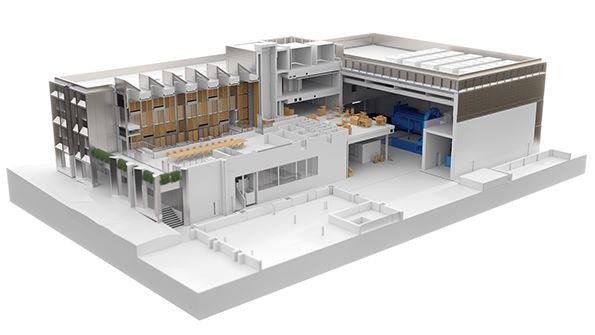
Credit: University of Cambridge
Newly crowned British monarch King Charles III broke ground May 9 on a new UK research facility designed to dramatically accelerate the pace of aerospace technology development targeting zero-carbon aviation. Backed by £58 million ($73 million) in funding, the new Whittle Laboratory at the...
Subscription Required
This content requires a subscription to one of the Aviation Week Intelligence Network (AWIN) bundles.
Schedule a demo today to find out how you can access this content and similar content related to your area of the global aviation industry.
Already an AWIN subscriber? Login
Did you know? Aviation Week has won top honors multiple times in the Jesse H. Neal National Business Journalism Awards, the business-to-business media equivalent of the Pulitzer Prizes.





